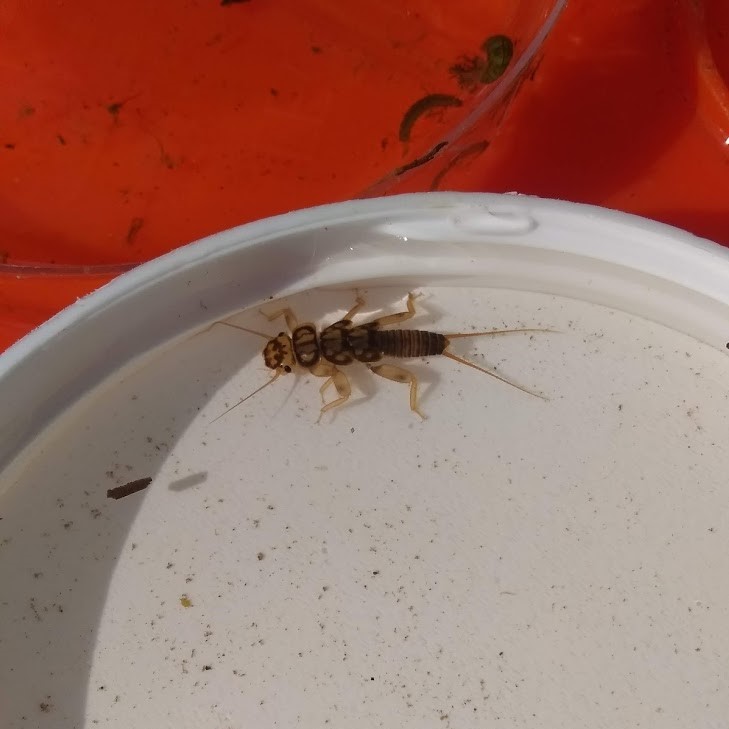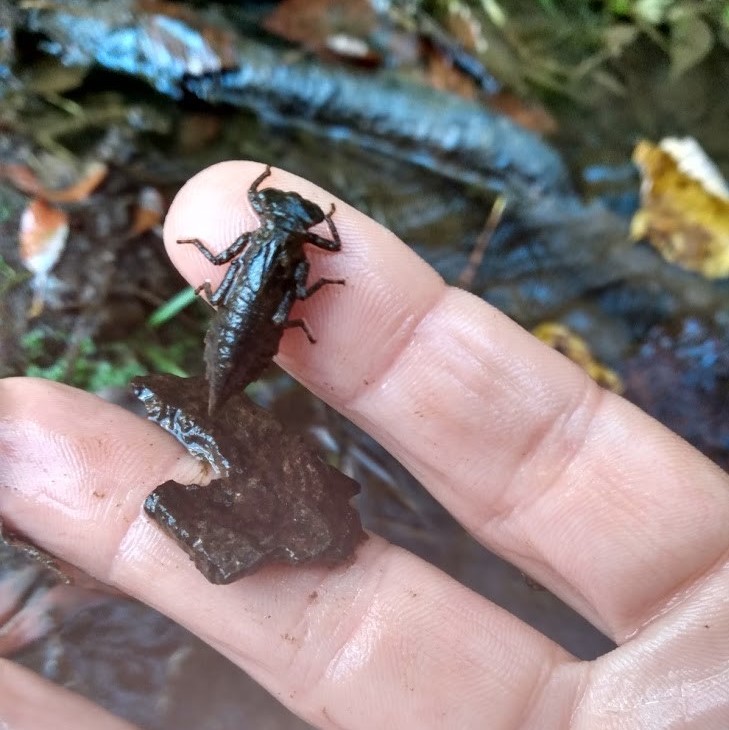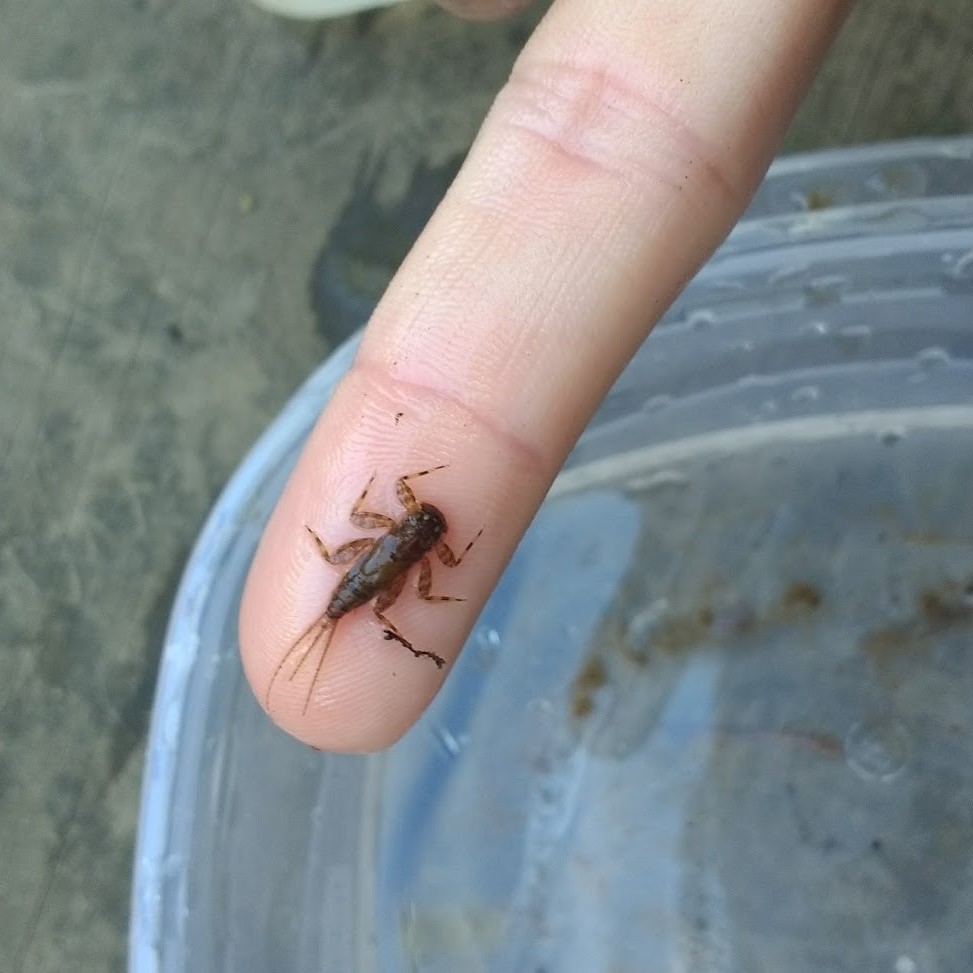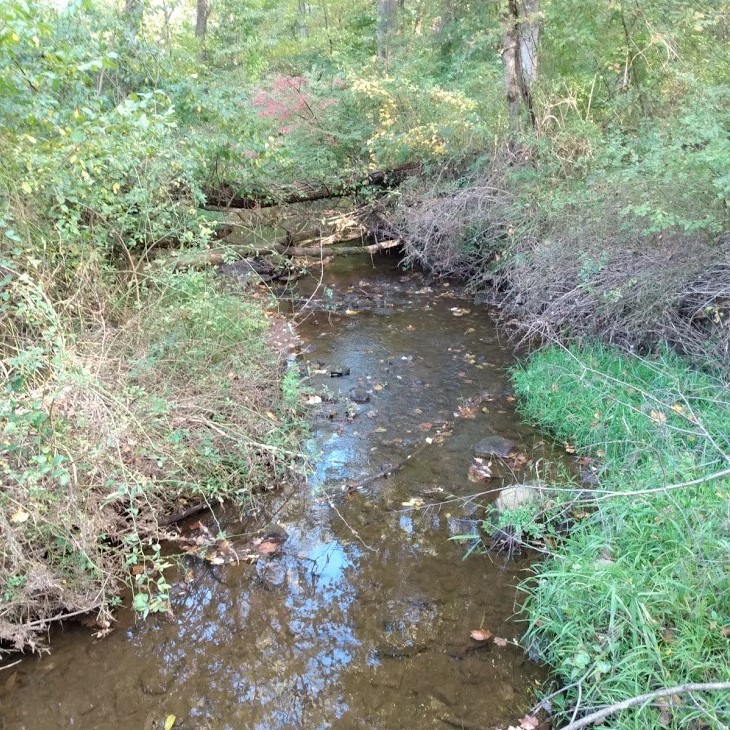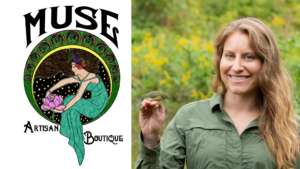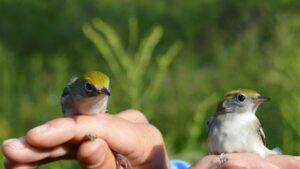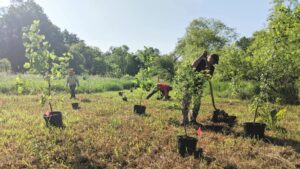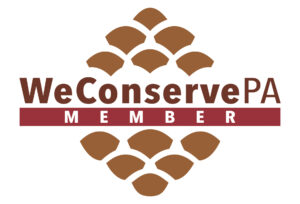There is a chill in the air and the leaves are starting to turn, signaling that fall is here! Have you ever wondered what happens to the leaves that fall every autumn? When the trees shed their leaves, the leaves continue to play an important role in the environment. They fall onto the land and return the nutrients back into the soil or blow into streams, where they are vital in sustaining our freshwater ecosystems through winter months. As the leaves gather in our waterways, they get caught on rocks and on sticks and form masses called leaf packs.
Leaf packs are so much more than just bundles of leaves and sticks. They are nutrient rich pockets in the stream that provide cover and food for a wide diversity of stream insects. Raw leaves that enter the stream are hard to for insect larvae to eat, and need to be broken down before they can be consumed. When leaves enter the waterway, they quickly become coated in a slimy biofilm, a name for a collection of algae, fungi and bacteria, which work quickly to condition leaves and turn them into a more palatable meal for macroinvertebrates. Some insects, like stoneflies, prefer to scrape the biofilm off of the leaves while others, like mayflies enjoy eating the leaf itself! As the leaf is broken down by the biofilm or shredded by insects, nutrients get carried downstream by flowing water and provide sustenance for other parts of the stream. Insects like caddisflies, live just downstream of the leaf packs and collect the floating leaf particles to eat.
Aquatic insects are a discerning group of organisms, and have preferences in what leaves they consume. Just as you and I may not order type of food at a restaurant, not all insects will prefer the same leaves! It has been documented that stream insects prefer native plants to non-native plants, and most insects studied have preferred types of native plants. It is important to have a diverse community of trees and shrubs along our waterways to provide a variety of leaves every fall to feed the aquatic community.
Leaf packs sustain a variety of insects throughout the winter months, and the annual addition of leaves into our headwater streams is critical for the health and survival of the aquatic ecosystem. These leaves feed the insects at the base of the food chain, which in turn feeds the many fishes, birds and mammals that rely on streams to survive. We can be good stream stewards by planting a diverse community of native trees and shrubs along waterways and leave leaves where they fall to allow the nutrients to be reincorporated into the ecosystem to sustain another generation of life!
You can learn more about leaf packs from our friends at Stroud Water Research Center here!
